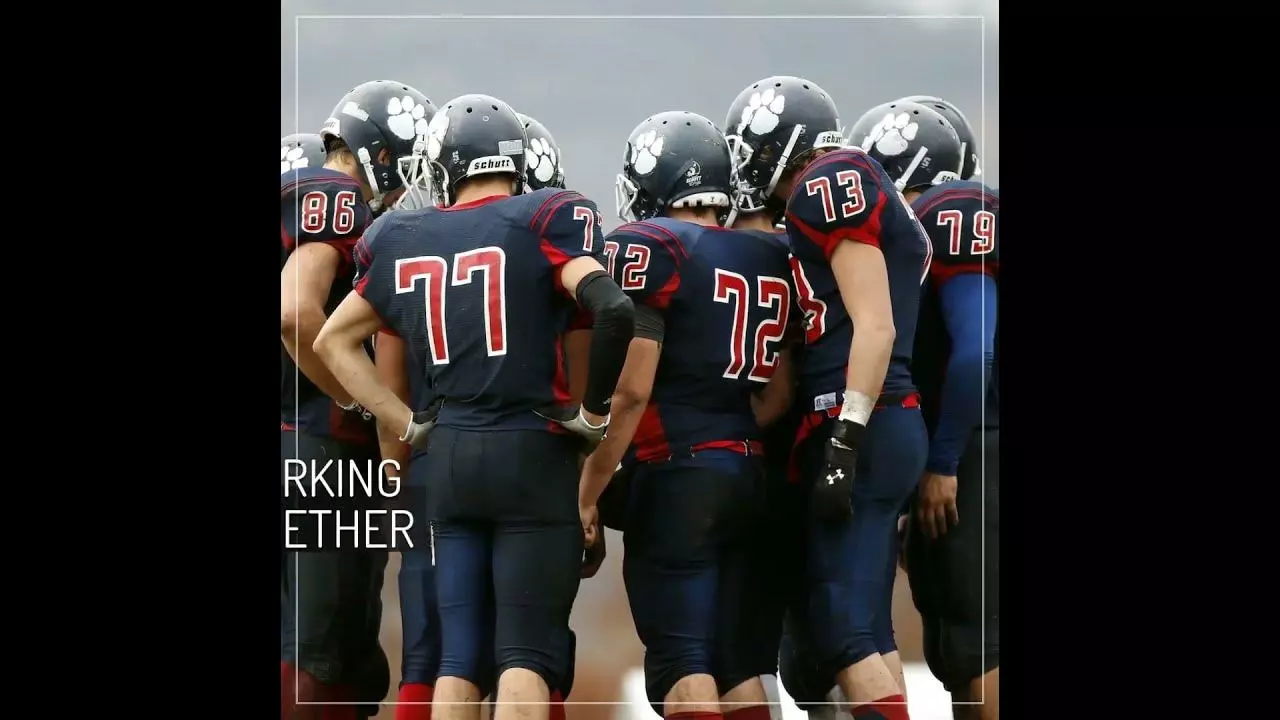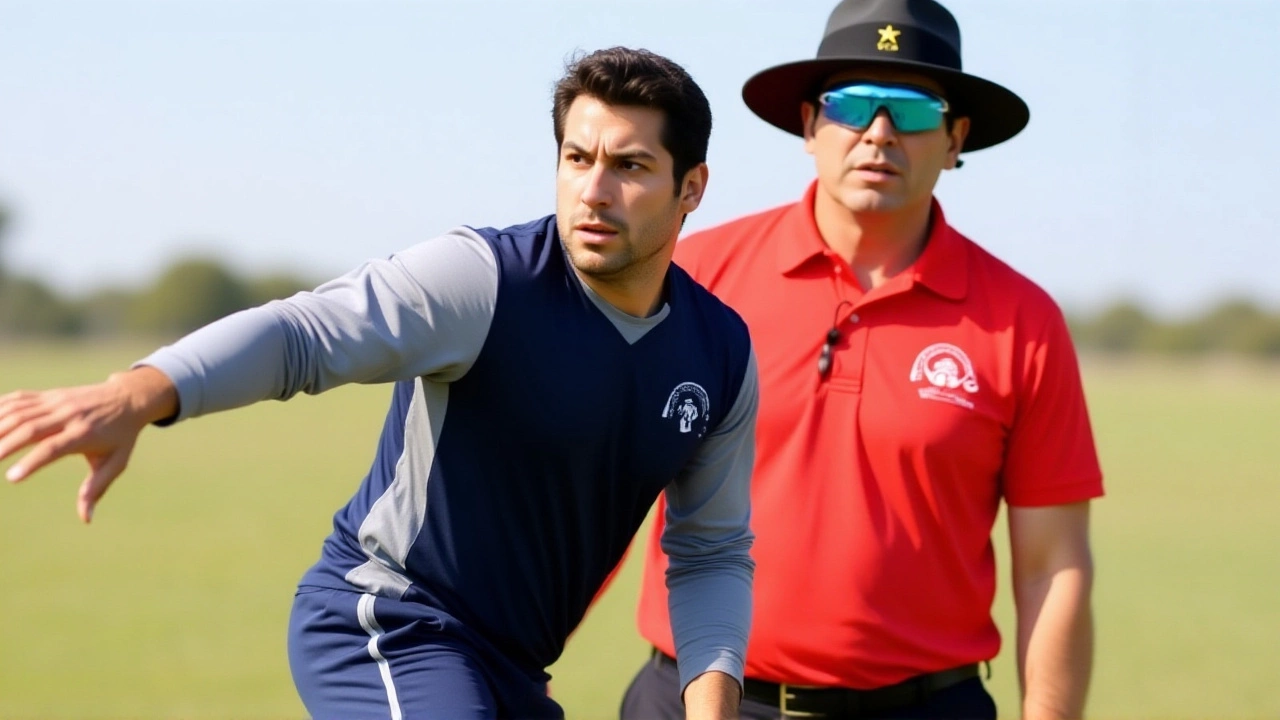Multi‑State Teams: Why Sports Groups Play Across State Lines
Ever wonder why a team from one state suddenly starts playing games in another? It’s not just about a bigger stadium or a fancy sponsor. Multi‑state teams are all about reaching new fans, tapping fresh revenue, and sometimes just surviving in a crowded market.
Take a look at the NFL’s Buffalo Bills. They’re based in New York but draw huge crowds from neighboring Ontario, Canada. The same goes for the NHL’s New York Rangers, who have loyal supporters all the way up in New England. Those teams didn’t magically become international; they worked hard to market themselves in neighboring regions, offering tickets, merchandise, and community events that speak to fans on both sides of the border.
Why Teams Go Multi‑State
First, expanding a fan base is a cash‑cow. More fans mean bigger ticket sales, more merch, and better TV deals. When a college football program in Texas starts scheduling games in Arizona, they’re not just chasing sunshine—they’re chasing a whole new audience that can boost merchandise sales and attract national sponsors.
Second, some sports simply need a larger footprint to stay viable. Minor league baseball teams often share stadiums with nearby cities to keep costs down while still offering a full schedule. By playing in two states, they split operational expenses and keep the brand alive year after year.
Third, there’s a competitive edge. A team that can recruit players from a broader region has a deeper talent pool. High school athletes in a border city might choose a college that’s technically in another state if the program offers better exposure, scholarships, or facilities. That cross‑state recruiting pipeline can turn a middling team into a powerhouse.
What It Means for Fans and Business
For fans, a multi‑state team can feel like a community bridge. You might watch a game in a stadium just a few hours away from home, then catch the same team on TV across the border with a familiar chant. That shared experience can strengthen regional identity, especially in places where state lines feel more like a line on a map than a cultural divide.
Businesses love that reach, too. Local retailers can stock team jerseys, bars can host watch parties, and tourism boards can promote game‑day travel packages. In turn, the team gains sponsors that operate in multiple states, giving them a bigger platform for ads and promotions.
But there are challenges. Logistics can be a nightmare—travel costs, scheduling conflicts, and differing state regulations (like tax rules or stadium licensing) add layers of complexity. Teams also risk alienating loyal fans who feel the brand is “selling out” or losing its local soul.
Successful multi‑state teams handle those issues by staying authentic. They keep community outreach programs in every market they serve, partner with local charities, and make sure each fan feels seen. That personal touch balances the big‑business vibe and keeps the fan base engaged.
Bottom line: Multi‑state teams are a smart play for growth, but they require careful handling of logistics, fan sentiment, and branding. When done right, they turn a single‑state club into a regional powerhouse that fans across state lines can rally behind.
Alright, sports fans, here's a fun fact for you! Apparently, some professional sports teams are so fantastic, one state can't contain them! Our first contender is the NFL's Carolina Panthers who represent both North Carolina and South Carolina. Then we've got the NHL's Arizona Coyotes, spreading their love for the game across Arizona and Nevada. And let's not forget the Major League Baseball marvels, the Kansas City Royals, who swing for the fences in both Kansas and Missouri. Two states, one team - talk about a double play!
View More




